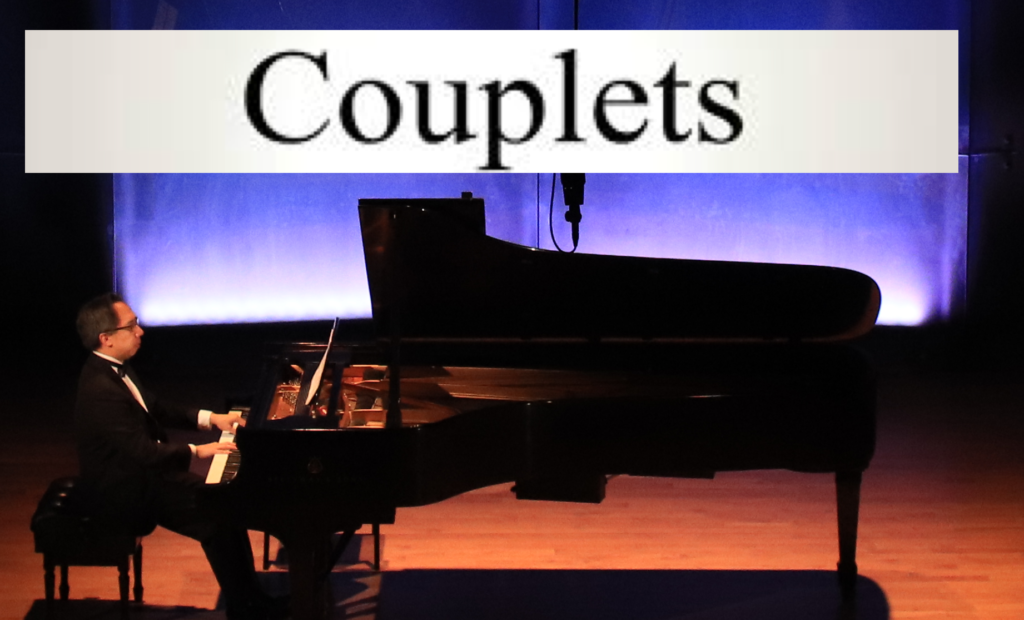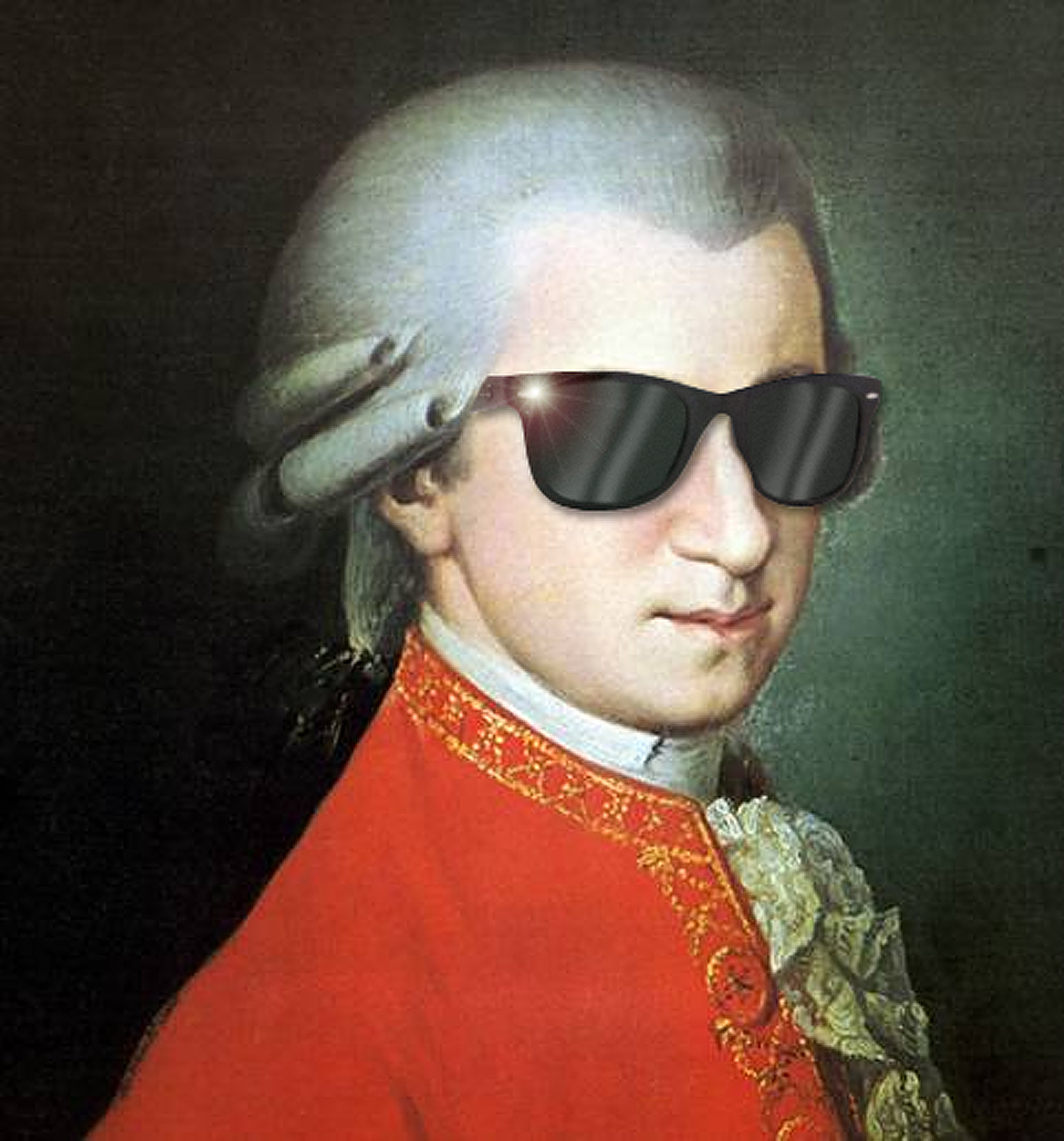On behalf of the Rogers Memorial Library in Southampton, NY
I’ve created a special recital program on behalf of one of my favorite non-profits, the beloved Rogers Memorial Library in Southampton, NY. This wonderful resource has been a mainstay for the residents of the East End of Long Island, and I’m happy to support them.
This 45 minute program contains selections from Brahms; discoveries from composers from Syria and China; a spiritual written by the black American composer Margaret Bonds; and ends with my own solo transcription of George Gershwin’s Rhapsody in Blue.
Notes on each work are below! Hope you enjoy the show.
Johannes Brahms: Klavierstücke Op. 118 (1893), was his second to last work that was published in his lifetime. As with Brahms’s other late keyboard works, the six pieces of Op. 118 are introspective rather than virtuosic – exploring the intimacies of the soul through a kaleidoscope of harmony. Although the collection consists of four Intermezzi, a Romance and a Ballade, these pieces are not explicitly ‘about’ anything; the poetic expression arises from abstract considerations of balance and technical craft. Nonetheless, one need only note that the set is dedicated to Clara Schumann, Brahms’ lifelong muse, to recognize that even here personal history is at the center of his inspiration.
These pieces are some of the most beloved compositions that Brahms wrote for solo piano. The Intermezzo in A major is just stunning in its beauty. I performed these two pieces during a live interview with Sean MacLean at one of my favorite radio stations – KING FM 98.1 in Seattle, WA (www.king.org). Check them out!
Dia Succari: La Nuit du Destin
Born in Aleppo, Syria, Dia Succari finds inspiration from his homeland and the surrounding “Near-East” – from the native rhythms and traditional folk themes; from indigenous instruments such as the santour (hammer dulcimer); and from melody and sonority derived from maqam, a system of modal music that is based in Persian and Arabian tradition.
Succari’s La Nuit du Destin (The Night of Destiny, 1978) refers to a night of prayer and spiritual illumination – the night the Heavens sent down the Quran, revealing their verses to the prophet Muhammad. To Muslims, the importance of this night is without equal, and it is celebrated during the last days of Ramadan.
This work combines traditional Western compositional style – where notes and rhythms are specifically notated – with interior sections where the pianist has the library to improvise in a style called, taksim. The timbre of the taksim sections call forth Persian instruments such as the santour – in the soft, left hand of the piano – and the plucked intensity of the ud, a Persian lute. In La Nuit du Destin, emotional power derives not from the development of its lovely themes, but from the repeated incantations and improvisations of the core melodic material. Performing this piece is deeply personal, and most important is the moment of enlightenment in the middle of this work, where the music just stops and you listen to the silence, as if reaching the apex of understanding. Almost like a ball that’s thrown in the air, and when it reaches its highest point, it just stops and hangs there. That’s the effect.
Margaret Bonds: Troubled Water
Margaret Bonds’s music speaks best for itself. Her interest in Negro spirituals – the secret form of communication used by slaves during the Civil War – led her to create arrangements of them in a variety of settings. She composed Troubled Water in 1967 for piano, and I recorded it for my solo recital album, West of the Sun. It’s an impressive, beautifully crafted work that expresses a powerful, emotional history, drawing its material from ‘Wade in the Water’. The refrain and verse appear in different ways, some with complex rhythmic accompaniments. A languid tempo builds into a climax that juxtaposes ’Wade in the Water’ with ‘God’s Gonna Trouble the Water’.
The poet Maya Angelou described “Troubled Water” as one of Margaret Bonds masterpieces. It’s a very spiritual piece, and one of my favorites. Visit my blog to learn more about her, and hear more of her incredible music. https://joelfanmusic.com/blog/
Peixun Chen : Autumn Moon
This piano transcription of Autumn Moon Over the Calm Lake was written by the composer Peixun Chen, and is popular in the repertoire of many pianists from China. The original folk song was written in the 1930s on a visit to the famous West Lake in Hangzhou, considered since ancient times as a gorgeous place of tranquility. The music illustrates the atmosphere and feel of the place with placid suppleness, and is a sublime expression of the veneration of the beauty and grace of the scenery.
Peixun Chen created other popular transcriptions of Cantonese folk songs, and his three symphonies are an important contribution to the Chinese symphonic music of the 20th century.
Qigang Chen: Instants d’un opera de Pekin
Shanghai-born Qigang Chen (b.1951) is a master at synthesizing the Cultures of the East and the West in his compositions. During China’s Cultural Revolution, young Chen was kept in confinement for three years. He became the last student of the iconic composer Oliver Messiaen, who felt that Chen’s work represented “ a total assimilation of Chinese thinking to European musical concepts.”
Most of Chen’s works are larger ensemble pieces combing traditional Chinese instruments and themes with Western orchestra. Instants d’un opera de Pekin is unique in Chen’s oeuvre as a solo piano work – and conjures various instruments used in Chinese music, such as banggu (single headed frame drum), jinghu (bronze cymbals), luo (Chinese gong), the pipa (a plucked instrument resembling a lute) and the sheng (a reedy wind instrument). Two pentatonic motifs, which appear slowly in the introduction to the work, form the basis of the entire composition. These motifs iterate ever-more rapidly in wave-like patterns, with different characters and textures forming a rich tonal palette. The work builds to a soaring, clamorous climax and then disperses, as if all were a dream.
George Gershwin: Rhapsody in Blue
George Gershwin composed his most famous piece at the age of 25, in less than five weeks. Paul Whiteman, a bandleader who had worked with Gershwin, commissioned him to compose the work for a concert titled “An Experiment in Modern Music”. Gershwin began composing his work on January 7, 1924, and the orchestration was completed eight days before the premiere was held on February 12, 1924 in New York City, with the composer at the piano.
Since Gershwin did not have sufficient knowledge of orchestration at that time, it was Ferde Grofe – Paul Whiteman’s pianist and arranger – who played a principal role in arranging various versions of Rhapsody in Blue.
Joel Fan’s transcription of Gershwin’s Rhapsody in Blue draws heavily upon Ferde Grofe’s 1942 orchestration for full symphony orchestra for virtuoso effect. For example, Fan incorporates references to the glockenspiel, adds tremolos to emulate orchestral crescendos, and octave doublings to create a more symphonic effect, while also highlighting parts of the piano cadenza that may be obscured by a symphony orchestra playing at full volume.
As Artistic Director of the Open Source Music Festival in New York City, Joel Fan explores transformations and re-imaginations of music – and Fan’s transcription of Rhapsody in Blue represents a step along his artistic journey.











